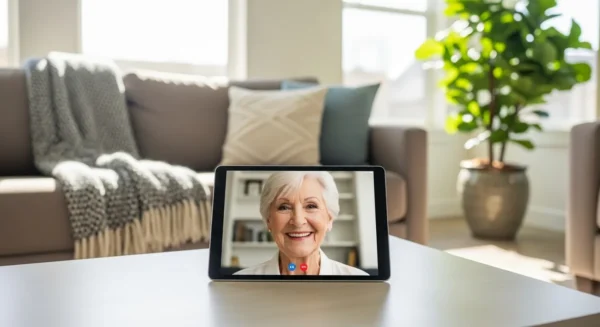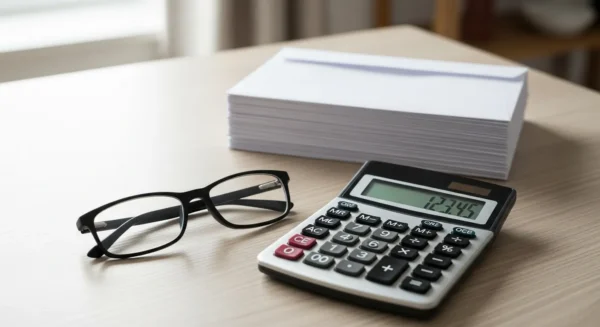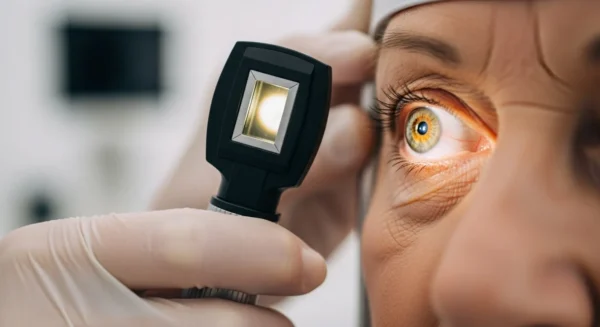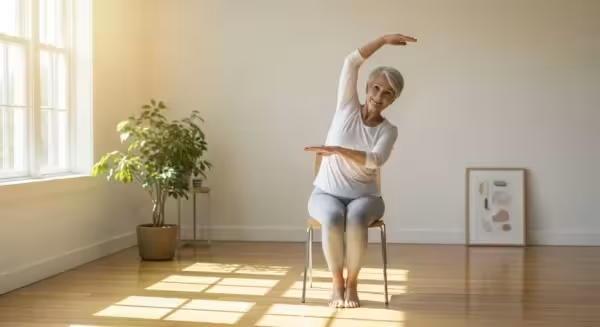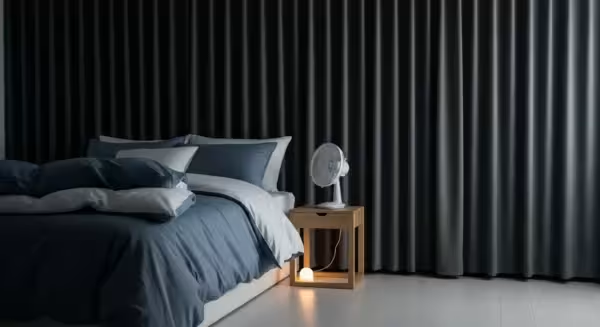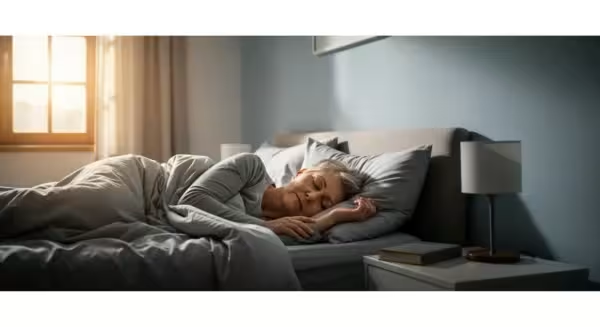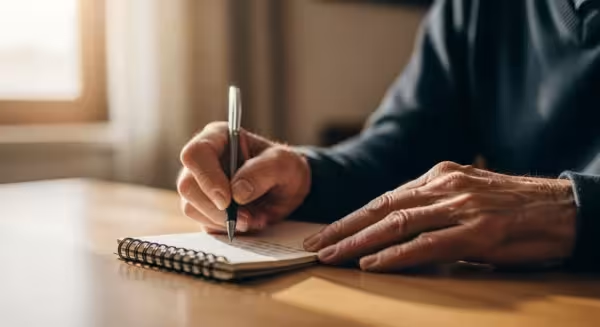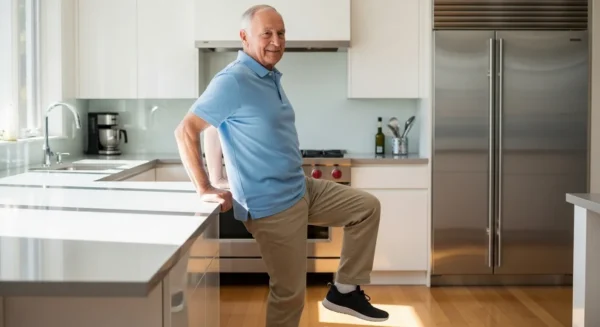
Frequently Asked Questions
How do I get extra prescription medication for my kit?
This is a very common and important question. Most health insurance plans, including Medicare Part D, have rules about how often you can refill a prescription. To get an extra supply for your kit, you will likely need to speak directly with your doctor. Explain that you are building an emergency preparedness kit and ask for a separate prescription for a 7- to 14-day supply. Your doctor can often provide an authorization for an early or extra refill for preparedness purposes. You can also ask your pharmacist for guidance, as they are very knowledgeable about insurance rules.
Where is the best place to store my emergency preparedness kit?
The ideal storage location is somewhere that is cool, dark, dry, and—most importantly—easy to get to. A hall closet, a pantry, or a sturdy, sealed container at the front of your garage are all good options. Avoid places with extreme temperature fluctuations, like an attic or an uninsulated shed, as this can degrade food, water, and medications. Your smaller “go-bag” should be kept somewhere you can grab it quickly, such as near the main exit of your home.
My mobility is limited. How should I adjust my safety planning?
If you have mobility challenges, your safety planning should include a few extra considerations. First, create a support network of family, friends, or neighbors who know your situation and can check on you during an emergency. Share a key with a trusted person. When building your kit, consider packing it in a rolling suitcase or a bag with wheels for easier transport. If you use a walker or wheelchair, keep your go-bag attached to it or stored very nearby. Finally, contact your local emergency management office. Many communities have a voluntary registry for individuals who may need extra assistance during an evacuation.
What if I rely on medical equipment that needs electricity?
This requires careful planning with your healthcare provider and medical supply company. For life-support equipment like an oxygen concentrator, you must have a backup plan. This often involves a backup power source, such as a generator or a deep-cycle battery system, and a supply of backup oxygen tanks. Inform your utility company that you have medical equipment that relies on electricity; they may prioritize your home for power restoration. The Centers for Disease Control and Prevention (CDC) offers resources for people with chronic conditions to help with emergency planning.
Does Medicare cover any costs associated with emergency preparedness?
Generally, Medicare does not cover the cost of supplies for an emergency kit, such as food, water, flashlights, or first-aid items. However, your Medicare Part D plan will cover its share of the cost for any extra prescription medications your doctor authorizes for your kit. Questions about specific coverage for medical equipment or supplies should be directed to your plan provider or by consulting the official government source at Medicare.gov.
Authoritative health information for seniors is provided by the National Institute on Aging (NIA) and the Centers for Disease Control and Prevention (CDC).
For insurance and medical coverage questions, refer to Medicare.gov. For mental health support, consult the National Institute of Mental Health (NIMH).
Disclaimer: This article is for informational purposes only and does not constitute medical advice. The content is not intended to be a substitute for professional medical advice, diagnosis, or treatment. Always seek the advice of your physician or other qualified health provider with any questions you may have regarding a medical condition.

